How to Make a Small Space Look Bigger (and Beautiful)
- mydenlife
- Jul 1
- 5 min read
I thought it might be nice this month to go back to some interior design basics that come up time and again with clients. When you browse home magazines or scroll through Instagram, it’s easy to assume everyone lives in homes with high ceilings, grand proportions and period features. But the reality? Many of us live in small homes – from city flats to terraced houses to the odd box room that never quite feels “finished.”
These are exactly the kinds of spaces that need the most thought and creativity. Because when done well, small space interiors can be some of the most beautiful, clever and functional.
“The essence of interior design will always be about people and how they live.” — Albert Hadley
Whether you’re working with a compact living room, a petite guest bedroom or a narrow hallway, here are my favourite ways to make a small room look bigger – without compromising on personality or style.
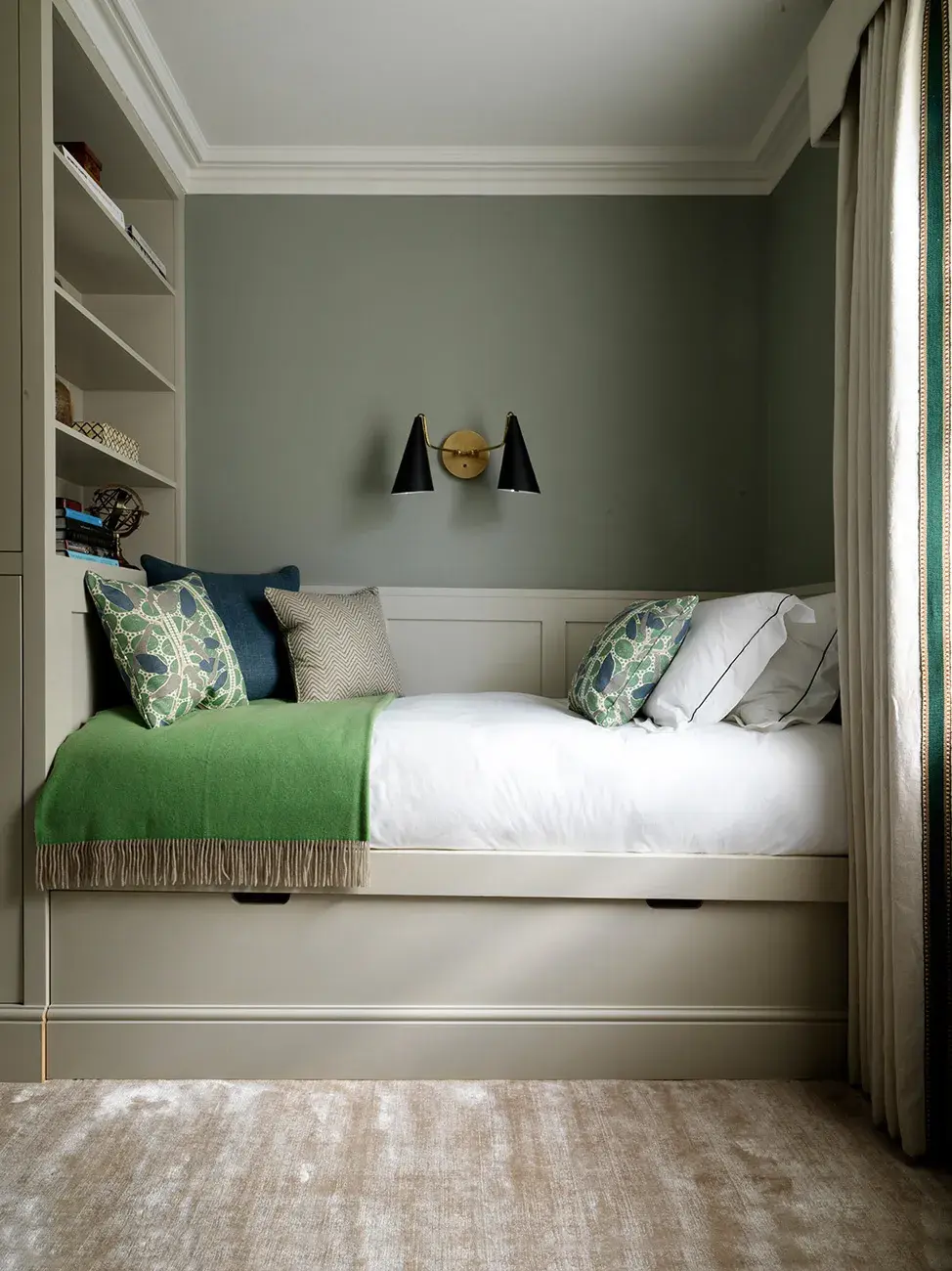
Light Is Your Best Friend
First things first: lighting small spaces is crucial. Good lighting lifts a room, adds depth, and makes everything feel brighter and more spacious.
“The lighter and brighter a room is, the more open and airy it feels,” says interior designer and author Abigail Ahern.
That doesn’t just mean natural light (though that helps). Layer your lighting – use a mix of ceiling pendants, wall lights, floor lamps and table lamps to create warmth and flexibility. One overhead light just won’t cut the mustard.
A great design tip: In small spaces, people often avoid pendants for fear they’ll dominate. But hung at the right height (over a table, reading nook or island), they zone the room and draw the eye upward, adding height and interest.
Photo Credit: Pooky, Pinterst Unknown
Curtain Tip:
Even if your windows are small, go for full-height, wall-to-wall curtains. It gives the illusion of grandeur and makes ceilings feel taller. Lightweight linens or sheers are perfect for small rooms – adding softness without heaviness. If you need privacy, opt for a layered solution with Roman blinds or double hung curtains. Take a look at some of the beautiful natural sheers out there now and forget the old days of your granny’s polyester nets.
Photo Credit: Pinterest Unknown, Stitched
Choose Your Colours Wisely
There’s a reason pale walls are often used in interior design for small rooms – they reflect more light and feel open. But pale doesn’t mean plain. The new wave of nature-inspired pastels and warm neutrals are perfect for creating a calming, spacious effect.
Blending trim and architectural details into the wall colour reduces visual boundaries (Paint the walls, ceiling and woodwork in the same or similar tone). The eye travels further, uninterrupted – helping the room feel wider or taller, depending on where your focus lies. It will mean the eye does not bounce around seeing the differences in colours and it makes it feel much more calming and creates a seamless flow.
Photo Credit: Neptune, Nords Hill. Pinterest
“Cool colours like pale blues and soft greens tend to recede, making a room feel larger,” say Farrow & Ball.
Personally, I often reach for warm, elegant neutrals with a soft blush or mushroom undertone – like Little Greene’s Portland Stone – for a timeless, cocooning feel.
Bold Idea:
Don’t rule out rich, darker shades either. Deep colours in small spaces can feel dramatic and cocooning – especially with layered lighting, textured finishes and reflective accents. Used right, they add depth, not heaviness.
A touch of gloss – like lacquered ceilings, high-shine tiles or metallic finishes – helps bounce light and adds dimension to otherwise flat areas. Remember colour doesn’t just end with the 'de rigeur' matt paint.
Photo Credit: Direct Wood Flooring., Vanessa Faivre, Etsy Floorandfabrics
Flooring That Flows
For small home interiors, consistency in flooring is key. Using the same flooring throughout adjoining rooms can create a visual flow that makes everything feel bigger. Think warm wood tones, luxury vinyl planks, or even a beautifully laid herringbone pattern.
If you’re using rugs, avoid going too small – a rug that sits underneath your key furniture zones a space and helps ground it visually. Small rugs can make a room feel pinched.
Design Tip:
Laying floorboards or tiles diagonally (instead of straight across) adds a sense of movement and makes the eye read the room as larger. The same goes for rugs with diagonal patterns or stripes – it elongates visual space.
Photo Credit: Pinterest Unknown, Instagram unknown., Zoe Feldman Design
Use Mirrors to Bounce Light
It’s a classic trick, but it works. Mirrors reflect both natural and artificial light, instantly expanding how big a room feels.
“Mirrors are one of the simplest ways to create the illusion of space,” – Kelly Hoppen.
Position one opposite a window or near a light source to maximise the glow. A large floor mirror (safely fixed to the wall, of course!) is both practical and a beautiful focal point.
Photo Credit: Cote Maison, Do Things My Way, Noo.Ma
Furniture That Earns Its Place
“Design is a plan for arranging elements in such a way as best to accomplish a particular purpose.” — Charles Eames
In small rooms, every item needs to pull its weight. It can be tempting to go small with furniture, but that can make a space feel cluttered. Don’t be afraid of slightly larger pieces, especially if they’re streamlined or multi-functional. A well-proportioned sofa with slim arms can actually make a space feel larger than several small, separate pieces that end up feeling cluttered.
What to look for:
Legs! Raised furniture lets you see more floor, which creates the illusion of openness.
Clever storage – ottomans, benches or side tables with hidden compartments.
Multifunctionality – fold-out desks, extendable dining tables, or nesting stools.
Transparency – glass, Lucite or acrylic furniture visually “disappears” and avoids blocking sightlines. It doesn’t “read” in the same way as solid wood – it functions beautifully without taking up visual space. Great for compact living rooms or hallways.
“Transparency is a powerful illusionist in small rooms,” – Jonathan Adler. “It’s the art of presence without visual weight.”
Custom joinery is another game-changer. Built-in storage that runs wall-to-wall or floor-to-ceiling looks sleek, architectural, and makes the most of every inch. Think window seats, alcove shelving or integrated wardrobes that blend seamlessly into the design.
Photo Credit: Cote Maison, Serene Sundays, Justin Hugh Jones
Style Smartly
Use your vertical space. Tall bookcases, wall-mounted lights, and artwork hung slightly higher than usual all help draw the eye upward and make the ceilings feel taller.
And yes – I’m going to say it again – decluttering is essential. That doesn’t mean stripping back to a cold minimalist look, though. Clever, beautiful storage is your best friend in a small home. Fluted cabinets, under-bed drawers, and fitted shelving can hide clutter while adding character.
Textures are a big yes in small space decorating – think natural linens, soft boucle, tactile ceramics, rattan or woven timber. Just layer them thoughtfully so the room feels warm, not busy.
Art Tip:
One large statement piece often makes a room feel more expansive than lots of small frames. The same goes for a sculptural pendant or vase – keep it bold and deliberate.
Finally, remember the power of negative space. Leave breathing room around your furniture and on your walls. Empty space is part of the design – not wasted at all.
Photo Credit: Tom Griffiths, Guy Allemand, Breaking the Waves
Small rooms can absolutely be just as stylish, functional and impressive as larger ones (big isn’t always better after all). In fact, they often invite more creativity and thoughtful design.
With the right lighting, colour choices, smart storage and a few visual tricks, you can completely transform your home to feel more open, calm, and beautiful – no matter its size.
Ready to make your space feel bigger, brighter and better? Let’s work together – here’s how I can help.
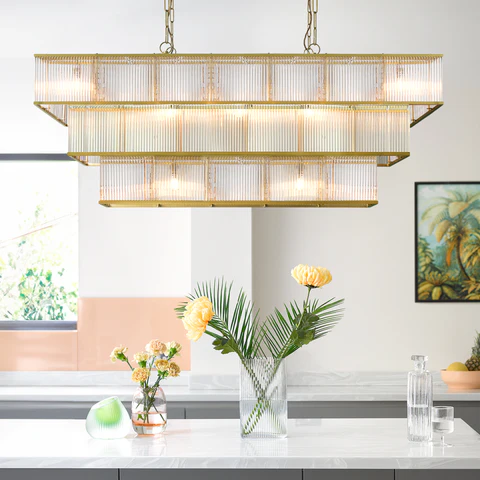




















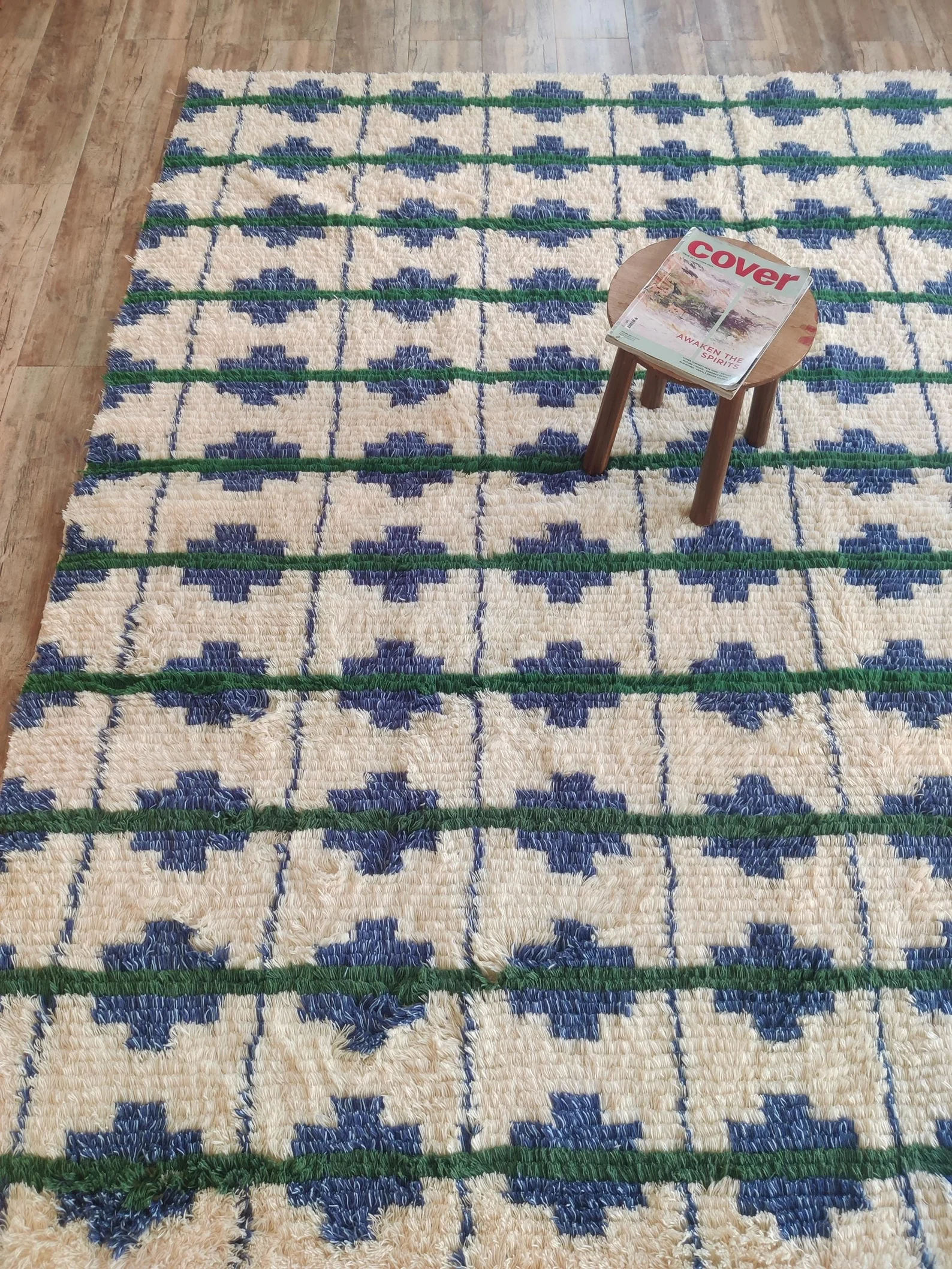


















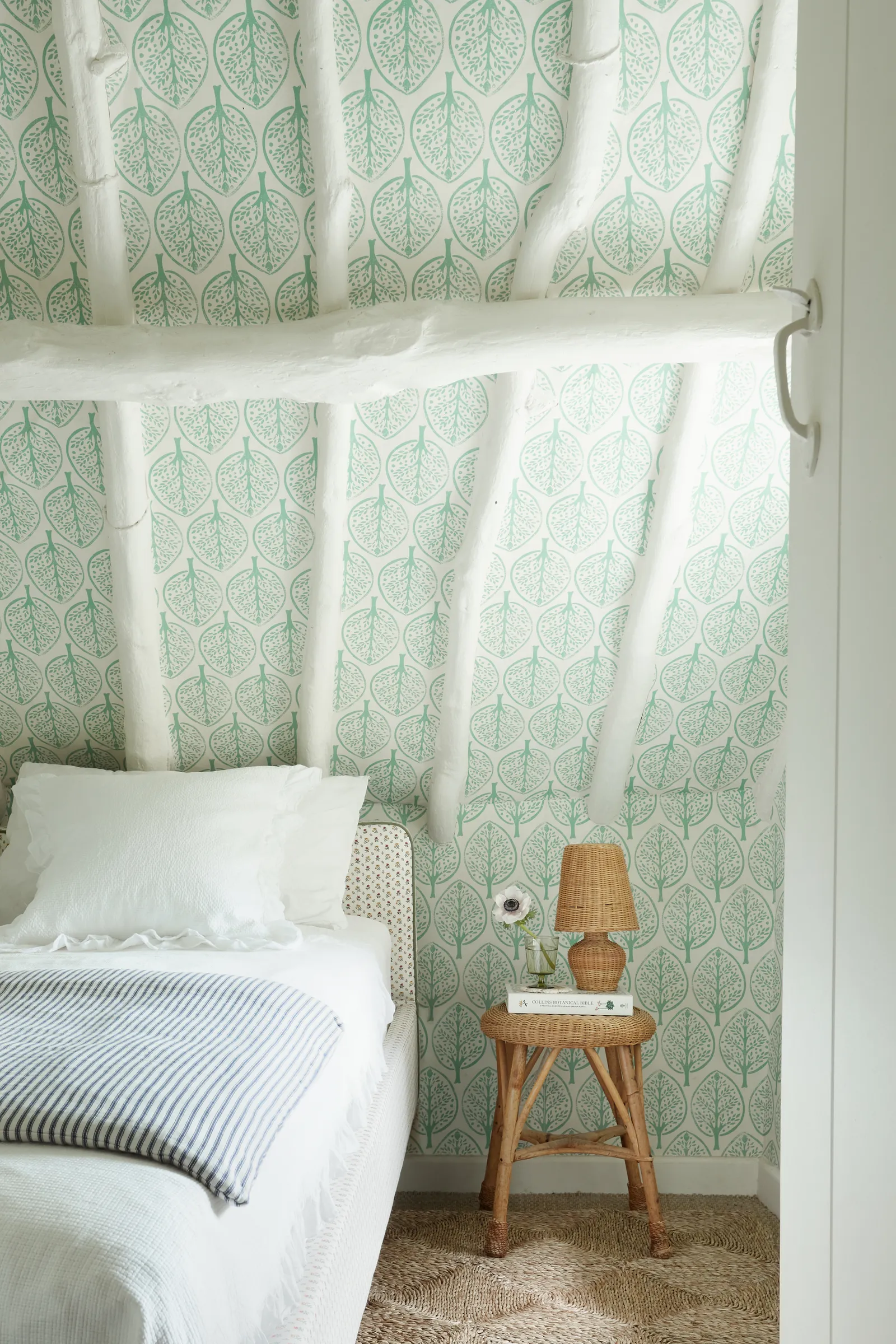
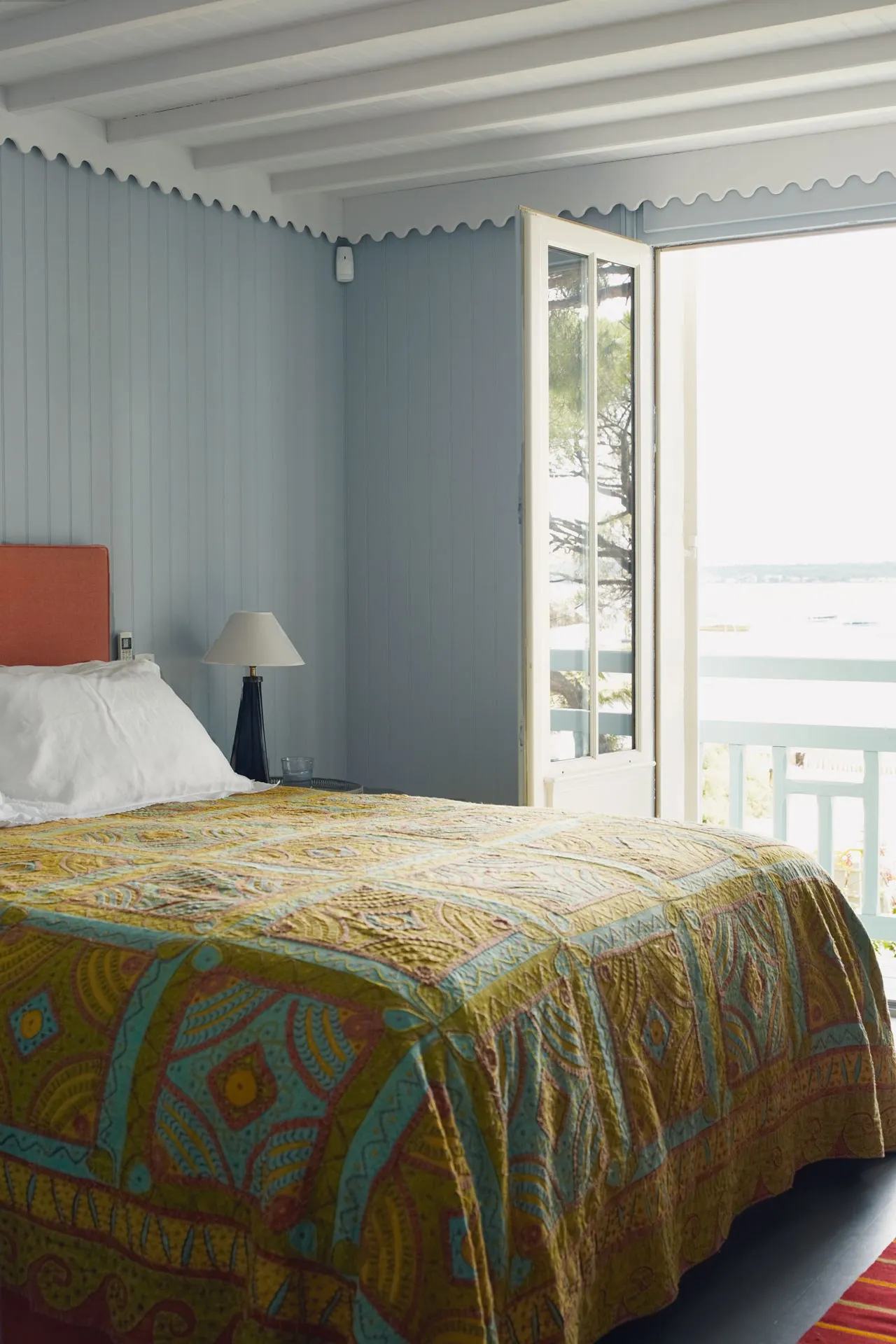





Comments